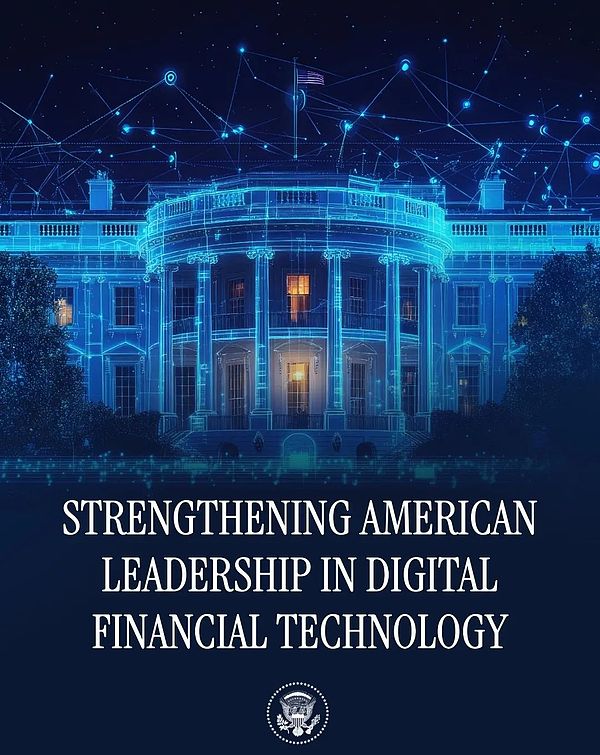The White House has just released the "Crypto Policy Report". Today we will interpret it:

The big background behind it
The Trump administration signed a new order (EO 14178) in early 2025, requiring a reorganization of encryption policies and the development of a unified strategy;
This report is the result of this order, jointly launched by the Treasury Department, SEC, CFTC, Federal Reserve, and the White House economic team.
Key Points of the Report (Plain Language Interpretation)
1. The United States Wants to Be the Leader in "On-Chain Finance"
The United States does not want to fall behind and must continue to be a global leader in digital finance (especially Bitcoin, stablecoins, and on-chain assets).
What should be done? Regulations must be made clearer, innovation more free, and capital more willing to invest. 2. Stablecoins: Allowed, but Regulated If you want to issue a stablecoin pegged to the US dollar, such as USDC or future commercial bank stablecoins, you must: Obtain a license; Have sufficient cash reserves; Be able to make timely payments; Undergo audits; Protect consumers; Prohibit "blind talk." This section is somewhat similar to the practices of Hong Kong and the European Union, but encourages private enterprise innovation (the government will not develop an official stablecoin). 3. SEC and CFTC: Stop Fighting, Clearly Define Your Roles Currently, everyone is confused about which currencies fall under the SEC's purview and which fall under the CFTC's. The report recommends that Congress quickly legislate to clarify the boundaries: Securities (like stocks) fall under the SEC; Commodities (like Bitcoin) fall under the CFTC; Separate licensing mechanisms should be established for stablecoins, trading platforms, and the like. 4. A Clear "No": The United States Will Not Develop a CBDC The White House has made it clear: We will not issue a central bank digital dollar (CBDC).
Why?
This has been the core position of the Republican Party in recent years.
5. Crypto taxes and pensions must also be “on the chain”
The report also mentioned:
The Internal Revenue Service (IRS) will issue new guidelines to clarify:
How do you file taxes?
How do you calculate the money you earn on the chain?
What is “income” or “capital gains”?
Employers can consider allowing crypto assets to appear in retirement accounts (401k), but they must be mainstream currencies that meet security standards. 6. Building blockchain infrastructure: Don't rely solely on VCs; national investment is essential. The report recommends using national funds to support the following areas: On-chain settlement systems; Government compliance tools (regtech); Cryptographic auditing; Privacy technologies such as zero-knowledge proofs. There may be a new "on-chain DARPA" or national innovation center. 7. Will the US reserve Bitcoin? It didn't say it explicitly, but it hinted at it.
The report didn't explicitly state that "the US government wants to buy Bitcoin,"
but it did mention that "a long-term, stable Bitcoin policy can strengthen the diversification of national strategic assets," sparking market interpretation: Does the government also want to stockpile some?
To summarize: This report tells us
that the US will not ban crypto, but will regulate and institutionalize it;
that the government will not pursue CBDCs, but will encourage private stablecoins;
Congress must pass supporting regulations as soon as possible, otherwise the SEC and CFTC will continue to compete for market share;
 Joy
Joy




